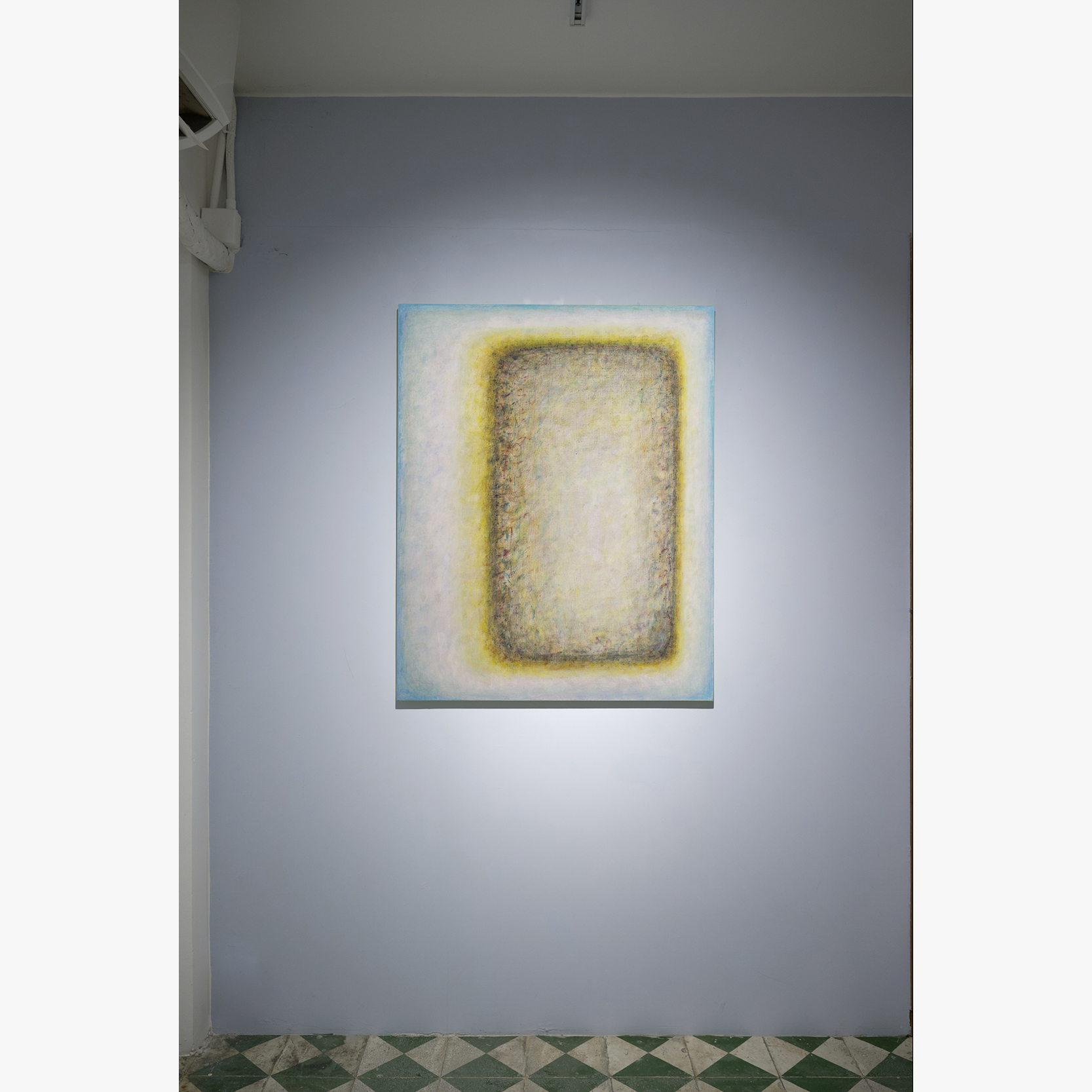ARS GRATIA ARTIS
In an era where even in art the main purpose is to strike the eye with immediately astonishing images, it may seem strange that there are artists who ask their interlocutor to slow down, pay attention, depth, constancy, intellectual participation, visual intelligence, and contemplation. Yet they exist, they are not few, and almost all of them practice some form of abstraction, a term that can range from the most hermetic conceptualism to the more traditional pictorial abstractionism, as it came to be specified during the first seventy years of the twentieth century. Raffaele Cioffi is among the latter.
To clear the field of any misunderstanding, it must be said immediately that abstraction is a state of mind, an existential condition that has historically found its visual expression in abstractionism, and not vice versa. In other words, this condition of the human being is not linked to a particular historical moment, just like its visual manifestation, made up of shapes and colors without subject or object, which is not simply the language with which it is expressed: now that (almost) all the linguistic boundaries of art have fallen, and that “everything can work” in its world, abstraction as a visual language is no longer linked to a period and a meaning of rupture, of avant-garde, and for the same reason cannot be accused of traditionalism. It is a linguistic code, perhaps the purest and least contaminated by other languages and other narratives, and finds its references within itself, such as mathematics. “Ars gratia artis” – “art for art’s sake” – said the ancient Romans (and the round frame from which the lion of Metro Goldwin Meyer roars) and, as far as the visual arts are concerned, nothing comes closer to this program of abstractism. (abstractionism)
That said, whoever uses this code today – like Cioffi – can only work on the concept of “variation” with respect to the great innovations and discoveries of the last century: the fundamental elements have been identified and used, so what remains is the “variation on a theme”. Contrary to what it might seem in words, it is a very vast territory, in which what is missing are the “peaks” or the “abyss”. In this sense, imagine a very gentle landscape, varied even if made up entirely of hills, as in Tuscany… or, even better (since Cioffi is presented for the first time in Asia), imagine the typical landscape of Chinese painting and porcelain, with the mountains, the waterfall that ends up in a lake, the boat and, often, even a scholar on the shore: in both cases, the typology does not change, but it is the details that make each corner different, it is an extra proportion or at least, a more or less skillful nuance that makes the difference… and one never gets tired of those landscapes – real or painted, it doesn’t matter. Thus, abstraction in painting, never runs out, for two distinct reasons. The first is that all those who “hear” this language do not give up on it because someone before them seems to have already explored everything; the second, because the possible variants on the same theme – indeed, on the same language, which constitutes an even wider field of action – are practically infinite.
Thus Cioffi fits into the flow of that noble river of abstraction, whose source is historically known, but whose outfall cannot yet be seen. He does this by building his own molecular combination of shapes and colors, in which the echoes are obviously numerous, but whose result is absolutely unique. His own one. Basically, in his painting of the last ten years (but even more) the geometry of the signs is reduced to a minimum, while the preponderant part is destined to the color, of a single color that brings into play all its variations to form a kind of colored fog that varies in intensity – and therefore, visually, in thickness – and coagulates around the geometric signs that divide the space, that define an angle, or a vaguely rectangular shape, which the artist almost always calls “threshold” or “door”. These titles presuppose an opening, a visual device for passing from one state to another: it is a visual threshold because a gap is forming in our gaze, a chromatic gap, something that seems to us an outlet, but simply because we try to bring back what we do not know – the abstract visual system created by Cioffi – to what we do know in our physical reality – a “door” -, and yet it is not about this (or it is not “only” about this…), but of a purer work, which has language itself as its means and as its end, the language that reflects on its own codes, the metalanguage of vision.
In Cioffi’s atelier, we only talk about the strength of color, the ability of geometry to influence its power, and vice versa about how the chromatic aspect, up to the most infinitesimal brushstroke, is able to mitigate the certainties of form. Almost nothing of everyday reality enters this new pictorial world, but surely this world enters our daily reality.
